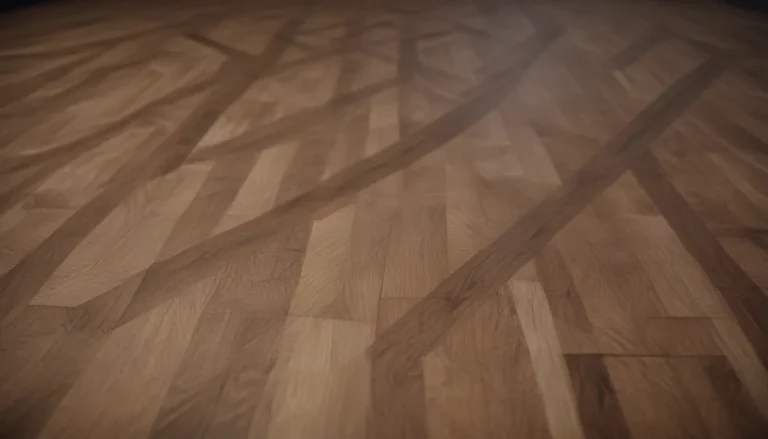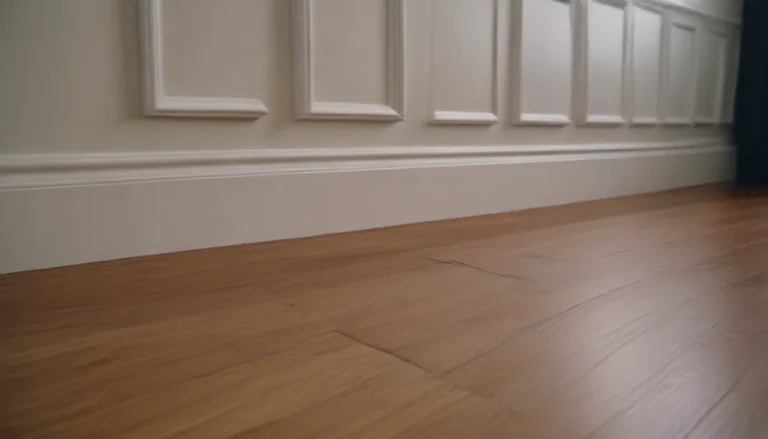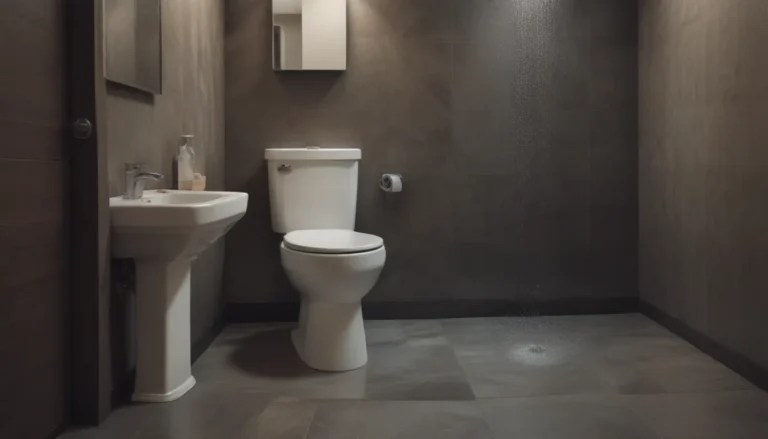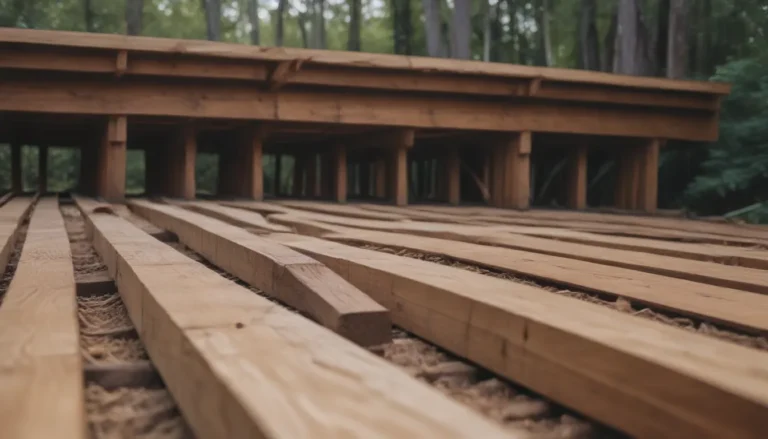Building Your Dream Home: A Comprehensive Guide to Building Your Own House

Are you dreaming of building your own house? The idea of creating a home exactly to your specifications can be incredibly appealing. From the layout to the color of the walls, every detail can be tailored to your desires. However, embarking on a home-building project can be a daunting task. In this step-by-step guide, we will walk you through the process of building your own house, from preparing the work site to completing the finishing touches.
The Benefits of Building Your Own House
Building your own house comes with a myriad of benefits. Here are a few reasons why you might consider taking on this ambitious project:
- Design Control: One of the most significant advantages of building a house is the ability to design it according to your preferences. From the layout to the finishes, you have complete control over every aspect of your home.
- Customization: Building your own house allows you to personalize the space to suit your lifestyle and needs. You can choose the materials, fixtures, and amenities that align with your tastes and budget.
- Value: A well-built custom home can increase in value over time, providing a solid investment for the future.
- Satisfaction: There is a sense of pride and satisfaction that comes with building your own home. Knowing that you had a hand in creating the space where you will live can be incredibly fulfilling.
Finding the Right General Contractor
While some people may choose to act as their own general contractor, it is recommended to work with a licensed professional for such a complex project. General contractors oversee the entire construction process and coordinate various subcontractors to ensure that the project is completed efficiently and to high standards. When selecting a general contractor, consider the following factors:
- Experience: Look for a contractor with a proven track record of successfully completing similar projects.
- Reputation: Check online reviews and ask for references to determine the contractor’s reputation in the industry.
- Licensing and Insurance: Ensure that the contractor is properly licensed and insured to protect yourself in case of any accidents or issues during construction.
- Communication: Effective communication is key to a successful construction project. Choose a contractor who is responsive and keeps you informed throughout the process.
Step-by-Step Guide to Building Your Own House
1. Prepare the Work Site
Before the foundation can be laid, the work site must be properly prepared. This involves a series of activities such as clearing the land, surveying the property, addressing utilities, and handling waste disposal. Proper site preparation is essential to ensure a smooth construction process and a solid foundation for your new home.
2. Lay the Foundation
The foundation is the base of your house, providing structural support and stability. Excavation, trenches, footings, and foundation walls are all part of the foundation construction process. It is crucial to hire experienced professionals to ensure that the foundation is built correctly, as any issues with the foundation can have serious consequences for the entire structure.
Tip: Payments to the general contractor are typically made according to a draw schedule, with payments corresponding to major milestones in the construction process.
3. Frame the House
Once the foundation is in place, the next step is framing the house. Framing carpenters will put up the lumber framework for the floors, walls, and ceilings, creating the basic structure of the house. Rough openings for windows, doors, and skylights are also framed during this stage, making the house weathertight and secure.
4. Install HVAC
Heating, ventilation, and air conditioning (HVAC) systems are installed in the house while the walls and ceilings are still open and accessible. Ductwork, heating units, and air conditioning systems are all part of the HVAC installation process, ensuring that your home will be comfortable and energy-efficient.
5. Install Plumbing and Electrical
Electricians and plumbers will rough-in the electrical circuits and plumbing pipes before the walls, floors, and ceilings are installed. This allows for easy access to the wiring and plumbing systems during construction. Final connections of fixtures will be completed once the interior finishes are in place.
6. Add Insulation
Insulation is essential for maintaining energy efficiency and comfort in a home. Insulation is added to all exterior walls and ceilings to ensure that the house remains properly insulated year-round. Proper insulation can help reduce energy costs and improve the overall comfort of your home.
7. Install Drywall and Paint Surfaces
Drywall is hung throughout the house to create a smooth, even surface for painting. Once the drywall is in place, all walls and ceilings are painted, adding color and personality to your new home. Choosing the right paint colors can help create a cohesive and inviting space.
8. Finish the Interior
The interior finishes of your home, including cabinets, countertops, flooring, and molding, are installed to complete the space. Customizing these finishes to your preferences can help create a personalized and functional home that suits your lifestyle.
9. Complete the House Exterior
The exterior of the house, including siding, roofing, windows, and landscaping, is finished to create a polished and attractive appearance. The exterior elements not only enhance the curb appeal of your home but also provide protection from the elements and improve energy efficiency.
10. Finalize the Construction
In the final stage of building your house, all remaining work is completed, inspections are conducted to ensure compliance with building codes, and the keys are handed over to you, the homeowner. A final walk-through will allow you to review the completed work and address any outstanding issues before moving in.
Saving Money When Building a House
Building a house can be a significant investment, but there are ways to save money without compromising on quality. Here are a few tips to help you reduce costs:
- Get multiple estimates: Obtain quotes from several contractors to compare prices and services.
- Use a stock design: Custom designs can be costly. Consider using a pre-designed plan to save on design fees.
- Avoid costly customizations: Stick to standard finishes and materials to keep costs down.
- DIY projects: Consider doing some of the work yourself after the builder has left or during lulls in the construction process to save on labor costs.
Conclusion
Building your own house is a rewarding experience that allows you to create a home that reflects your personality and lifestyle. By following this step-by-step guide and incorporating tips for saving money, you can successfully navigate the construction process and create the home of your dreams. Remember to work with experienced professionals, prioritize quality materials and craftsmanship, and communicate effectively with your general contractor to ensure a smooth and successful home-building project. With careful planning and attention to detail, you can build a house that you will enjoy for years to come.





